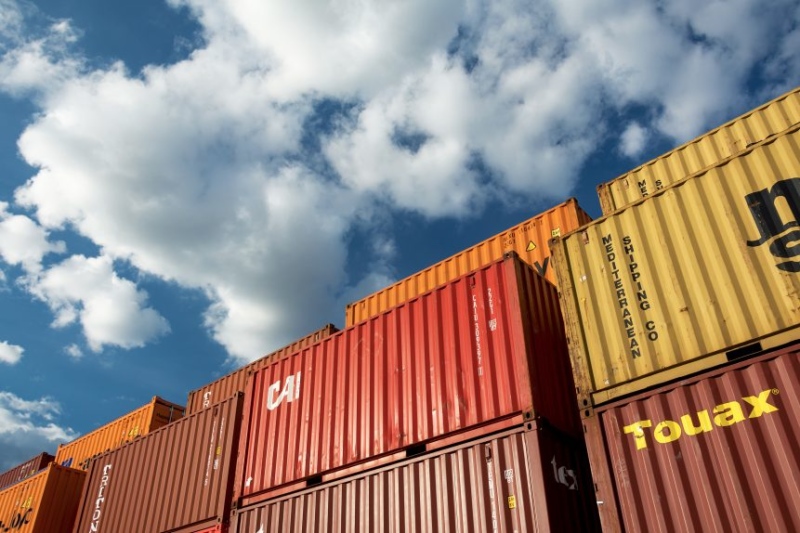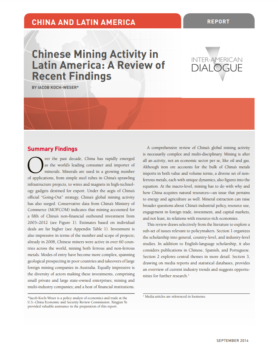The Politics Of Disaster Relief
After a 7.0 magnitude earthquake struck Haiti, the aftershock reached China in ways that few anticipated.The earthquake forced Chinese leaders to navigate the tricky politics of disaster relief.
The U.S.-China trade war has so far had disparate effects on the Latin American economic landscape. Soybean traders in Brazil have benefitted from growing Chinese demand for Latin America soy, for example, in addition to a relatively weak Brazilian currency, which makes Brazilian imports comparatively inexpensive for Chinese buyers.
In other cases, new tariffs have prompted international companies to relocate their production to the region. China’s Fuling Global, Inc. has reportedly moved its manufacturing to Nuevo León, Mexico to export paper products across the border to the US market. US companies, such as GoPro, are also planning to move their production to Mexico. And US snowmobile maker, Polaris, which relies heavily on imports of wire harnesses, stampings, and castings from China, has suggested it will do the same in the near future to save on labor costs.
However, as the US-China trade war escalates, with both sides announcing hikes in tariffs this month on an estimated $260 billion in goods, Latin Americans are mostly bracing for economic impact.
A protracted trade war is expected to have lasting effects on the region’s economies. The IMF estimates slowing global growth in 2019, including in third markets, based on large part US-China trade tensions. Ongoing economic uncertainty could also weaken Latin American currencies if populations there invest in US dollars to avoid the effects of local currency devaluation.
Consumers will also be impacted by the decoupling of the tech sector, which features prominently in broader US-China competition. This month, the US effectively banned its companies from selling products or services to Huawei and several other tech companies, based on a belief that Chinese firms allow the country's government to install backdoors into their systems, posing a threat to buyers’ national security.
[...]
After a 7.0 magnitude earthquake struck Haiti, the aftershock reached China in ways that few anticipated.The earthquake forced Chinese leaders to navigate the tricky politics of disaster relief.
Despite reports in recent months that Mexican manufacturing is experiencing a resurgence, Mexico’s industrial sector faces tremendous challenges.
China has rapidly emerged as the world’s leading consumer and importer of minerals.
 Photo by Martin Vorel
Photo by Martin Vorel
